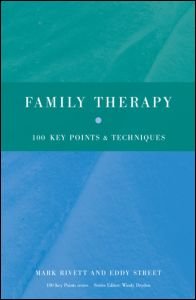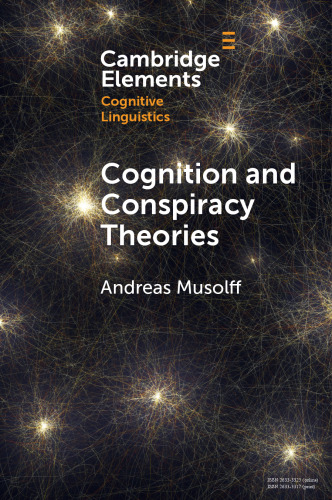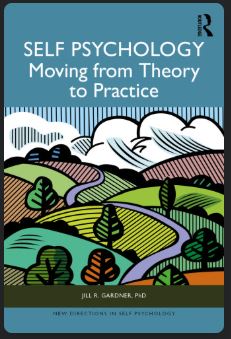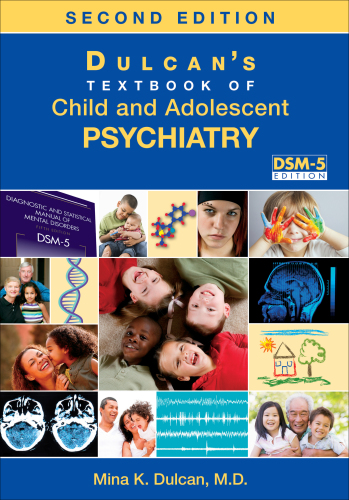دانلود کتاب Family Therapy: 100 Key Points and Techniques - Original PDF
Author:
Mark Rivett, Eddy Street
0 (0)
توضیحات کتاب :
Family therapy is increasingly recognised as one of the evidence based psychotherapies. In contemporary therapeutic practice, family therapy is helpful across the age span and for distress caused by family conflict, trauma and mental health difficulties. Because of this, many psychotherapists integrate elements of family therapy within their approaches. Family Therapy: 100 Key Points and Techniques provides a concise and jargon-free guide to 100 of the fundamental ideas and techniques of this approach. Divided into helpful sections, it covers: Family therapy theory Essential family therapy practice Using family therapy techniques Common challenges in family therapy Contemporary debates and issues Self issues for family therapists. Family Therapy: 100 Key Points and Techniques is an invaluable resource for psychotherapists and counsellors in training and in practice. As well as appealing to established family therapists, this latest addition to the 100 Key Points series will also find an audience with other mental health professionals working with families and interested in learning more about family therapy techniques.
سرچ در وردکت | سرچ در گودریدز | سرچ در اب بوکز | سرچ در آمازون | سرچ در گوگل بوک
216 بازدید 0 خرید










